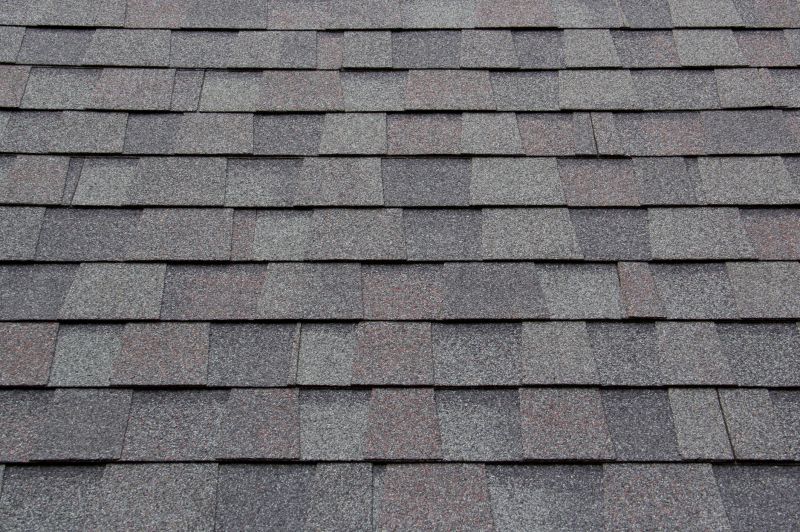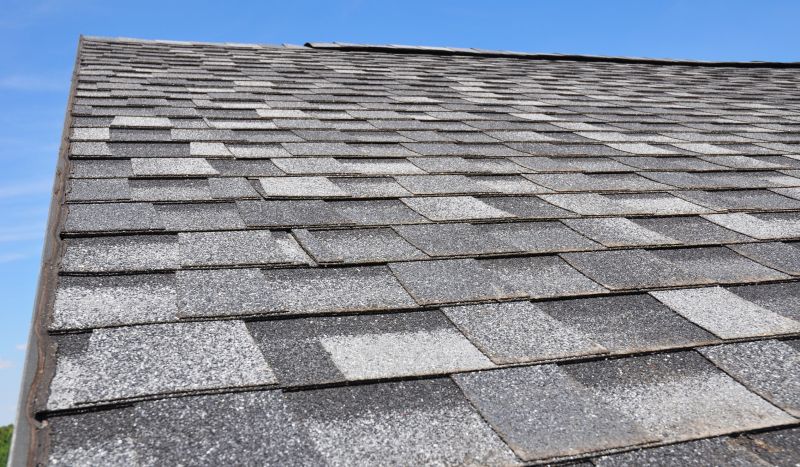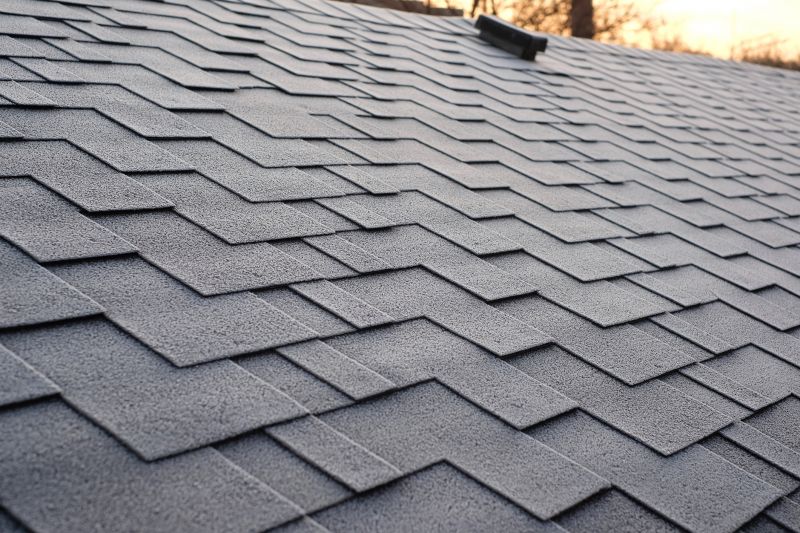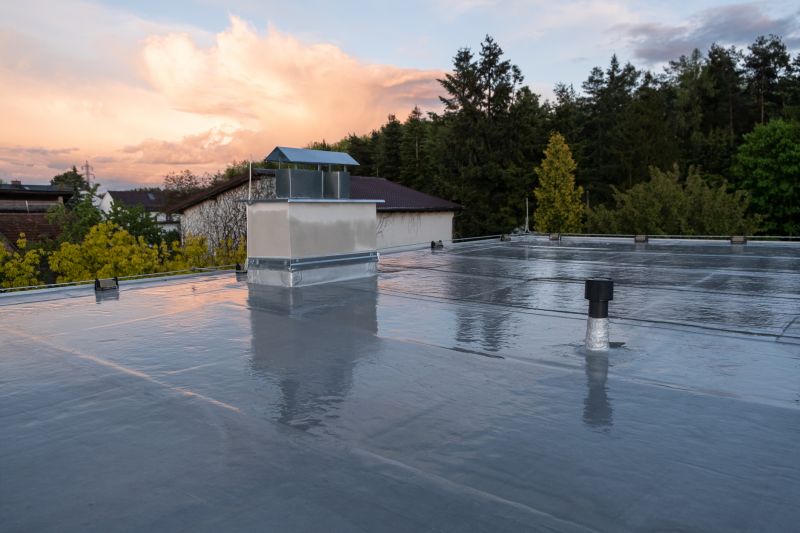Shingle Installation Techniques
Welcome to Palm Springs Roofing
Shop for Shingle Installation Techniques

When considering roofing options for your home, understanding shingle installation techniques is crucial. Shingles are a popular roofing material due to their durability, aesthetic appeal, and versatility. In Palm Springs, California, where the climate can be harsh, selecting the right shingles and installation methods can significantly impact the longevity and performance of your roof.
One of the first considerations is the material of the shingles. Common materials include asphalt, wood, metal, and tile. Asphalt shingles are favored for their affordability and ease of installation. Wood shingles offer a natural look and can enhance the aesthetic of traditional homes, though they require more maintenance. Metal shingles provide excellent durability and are resistant to extreme weather conditions, while tile shingles are known for their longevity and resistance to fire.
The finish of the shingles is another important factor. Shingles come in various finishes, including matte, glossy, and textured. Each finish offers different aesthetic and functional benefits. For instance, a matte finish can reduce glare, while a textured finish can add depth and dimension to the roof's appearance.
Dimensions play a role in both the aesthetic and functional aspects of shingle installation. Shingles are available in different sizes and shapes, which can impact the overall look of your roof. Larger shingles may offer a more modern appearance, while smaller shingles can provide a more traditional look. Additionally, the dimensions can affect installation time and the amount of material needed.
Compatibility with your home's existing structure and climate is essential. In Palm Springs, where high temperatures and occasional strong winds are common, selecting shingles that can withstand these conditions is important. Asphalt and metal shingles are often recommended for their ability to resist heat and wind.
Upkeep expectations should also be considered. Some materials, like wood, require regular maintenance to prevent issues such as rot or insect damage. Others, like metal, may require less frequent maintenance but could need occasional repainting to maintain their appearance.
Features & Options:
- Material: Asphalt, Wood, Metal, Tile
- Finish: Matte, Glossy, Textured
- Dimensions: Varying sizes and shapes
- Climate Compatibility: Heat and wind resistant options
- Maintenance Requirements: Low to high
| Material | Finish | Dimensions |
|---|---|---|
| Asphalt | Matte | Standard |
| Wood | Textured | Custom |
| Metal | Glossy | Large |
By carefully considering these factors, homeowners in Palm Springs can select shingles that not only enhance the beauty of their homes but also provide lasting protection against the elements. Making informed choices about materials, finishes, and dimensions will ensure that your roofing investment stands the test of time.
Understanding Shingle Materials and Finishes
Shop for Understanding Shingle and Finishes
Exploring the Best Options for Palm Springs' Climate
When selecting shingles for a home in Palm Springs, California, it’s crucial to consider the unique climate conditions of the area. The intense sun and occasional high winds require materials that can withstand these elements. Asphalt shingles are a popular choice due to their durability and cost-effectiveness. They are made from a fiberglass or organic mat coated with asphalt and granules, providing a sturdy and weather-resistant option.
Another material to consider is wood, which offers a natural and rustic appearance. Cedar shingles are particularly valued for their insulating properties and resistance to the desert heat. However, they require regular maintenance to prevent weathering and decay. Metal shingles, often made from aluminum or steel, provide a modern look and excellent longevity, making them suitable for the harsh Palm Springs sun.

Shingle finishes also play a significant role in their performance and aesthetic appeal. Reflective finishes are beneficial in reducing heat absorption, which can be particularly advantageous in the hot Palm Springs climate. Some shingles come with algae-resistant finishes, preserving their appearance over time, especially in areas prone to moisture.
When choosing shingles, dimensions such as thickness and size should be considered. Thicker shingles generally offer better protection against weather elements but may be heavier and require a more robust roof structure. The size of the shingles can affect the overall appearance of the roof, with larger shingles providing a more uniform look.
Compatibility with existing roof structures is another important factor. Not all roofs can support the weight of heavier shingles like slate or certain metal options. Homeowners should assess the structural integrity of their roofs before selecting a material, ensuring it can support the chosen shingle type.
Maintenance expectations vary between materials. Asphalt shingles require minimal upkeep, while wood shingles need regular sealing and treatment to maintain their condition. Metal shingles, although durable, may require occasional repainting to prevent rust and maintain their appearance.
- Durability and weather resistance
- Reflective and algae-resistant finishes
- Available dimensions and thickness
- Compatibility with existing roof structures
- Maintenance requirements
| Material | Finish | Dimensions |
|---|---|---|
| Asphalt | Reflective, Algae-resistant | Standard |
| Wood | Natural | Varied |
| Metal | Painted, Reflective | Custom |
Sizing and Compatibility in Shingle Installation
Shop for Sizing and Compatibility in Shingle Installation
Ensuring Optimal Fit and Performance
When it comes to shingle installation, understanding the importance of sizing and compatibility is crucial for ensuring a long-lasting and efficient roof. Homeowners in regions like Palm Springs, California, where weather conditions can be extreme, need to pay special attention to these factors. The right size and type of shingles not only enhance the aesthetic appeal of a home but also provide necessary protection against the elements.
One of the primary considerations in shingle installation is the material. Common materials include asphalt, wood, metal, and tile, each offering distinct advantages. Asphalt shingles are popular for their durability and cost-effectiveness, while wood shingles provide a natural look that complements many architectural styles. Metal shingles offer longevity and are resistant to harsh weather conditions, making them suitable for areas like Palm Springs. Tile shingles, often made from clay or concrete, are known for their aesthetic appeal and fire resistance.

The finish of the shingles is another critical aspect. It affects not only the appearance but also the performance of the roof. A reflective finish can help in reducing heat absorption, which is particularly beneficial in hot climates. Additionally, certain finishes are designed to resist algae growth, which can be an issue in humid environments.
Dimensions of the shingles are essential for ensuring compatibility with the existing roof structure. Standard dimensions may vary, but it's important to choose a size that fits well with the roof's design and slope. Proper sizing ensures that the shingles overlap correctly, providing a watertight seal and preventing leaks.
Compatibility with the roof's underlayment and ventilation system is also vital. The underlayment acts as a secondary barrier against water infiltration, and it must be compatible with the chosen shingle material. Similarly, adequate ventilation is necessary to prevent heat buildup and moisture accumulation, which can lead to roof damage over time.
Maintenance expectations should be considered when selecting shingles. Some materials require regular upkeep to maintain their appearance and functionality, while others are more low-maintenance. For instance, asphalt shingles might need occasional cleaning to remove debris, whereas metal shingles might require inspections to check for corrosion or damage.
- Material: Asphalt, Wood, Metal, Tile
- Finish: Reflective, Algae-resistant
- Dimensions: Standard sizes for optimal overlap
- Compatibility: Underlayment and ventilation considerations
- Maintenance: Varies by material
| Attribute | Details |
|---|---|
| Material | Asphalt, Wood, Metal, Tile |
| Finish | Reflective, Algae-resistant |
| Dimensions | Varies with design and slope |
| Compatibility | Underlayment, Ventilation |
| Maintenance | Depends on material |



